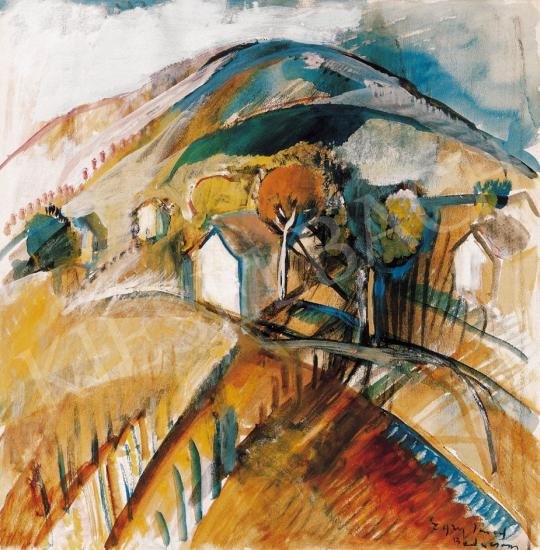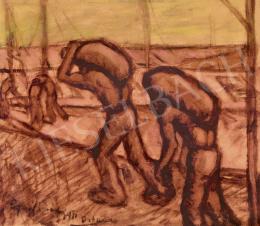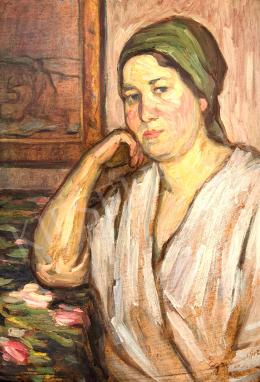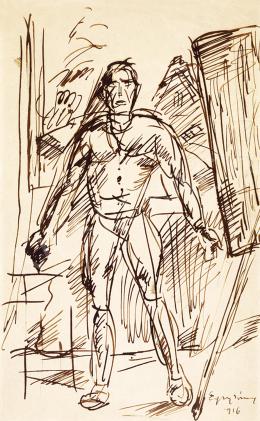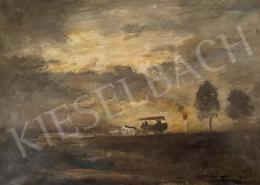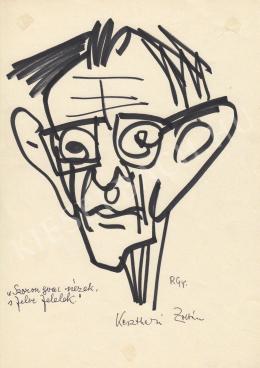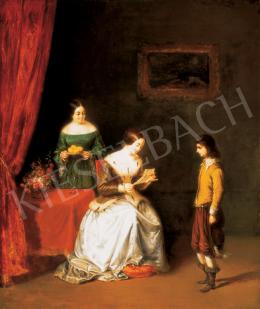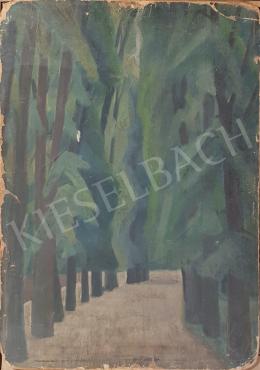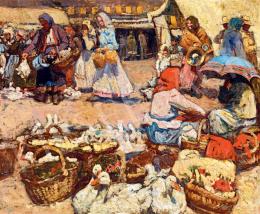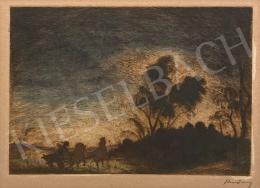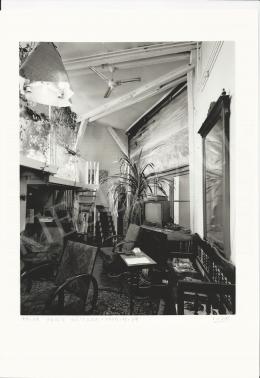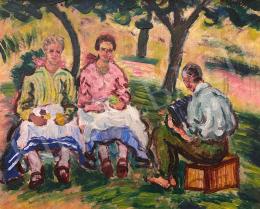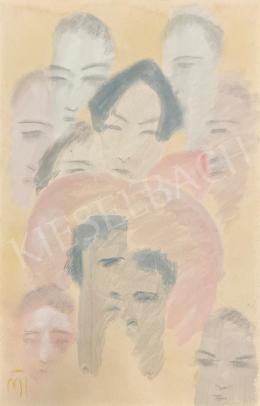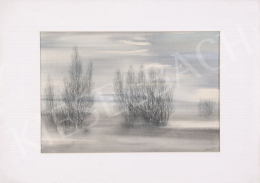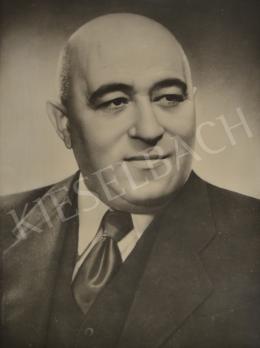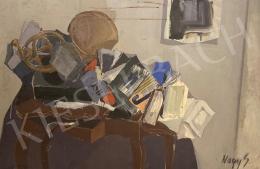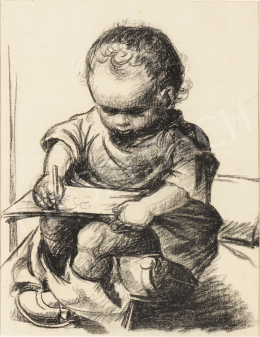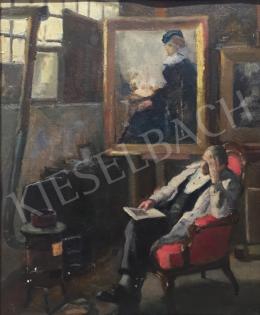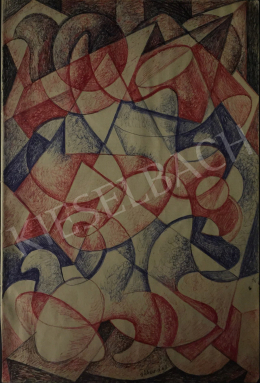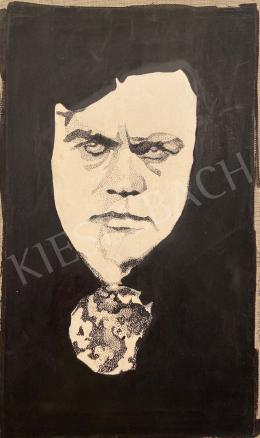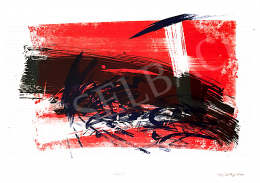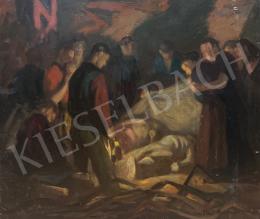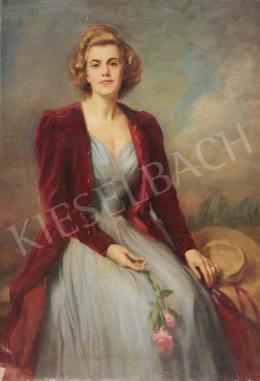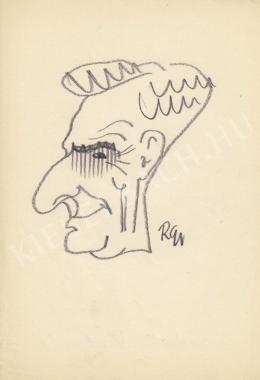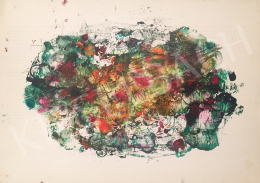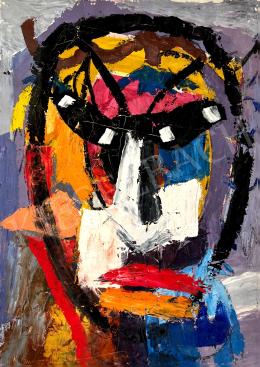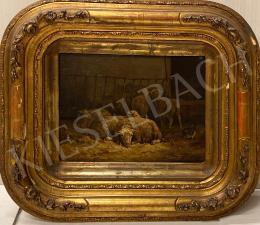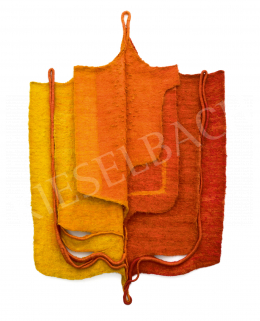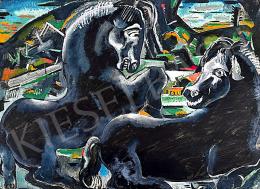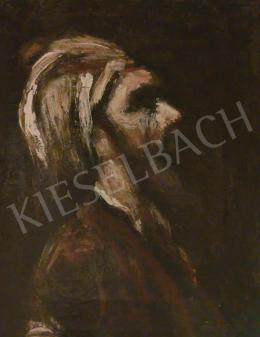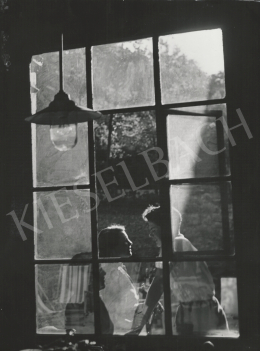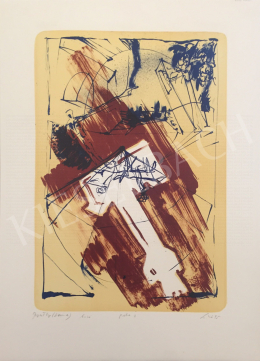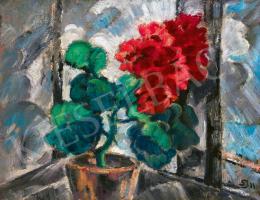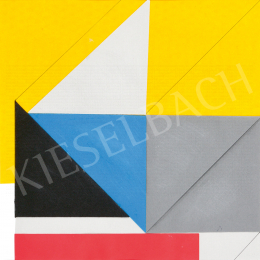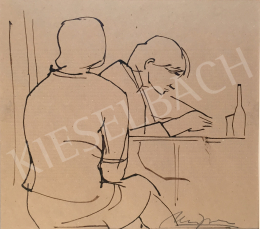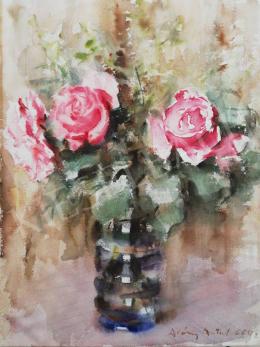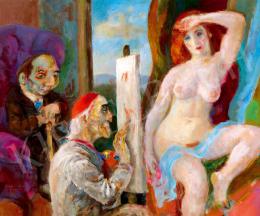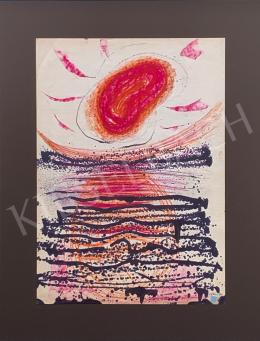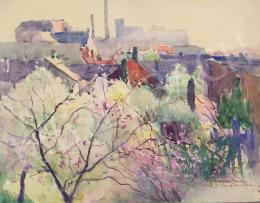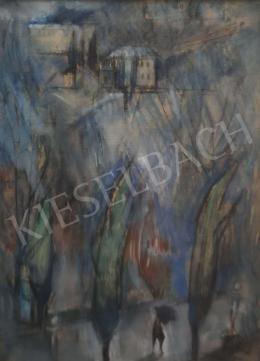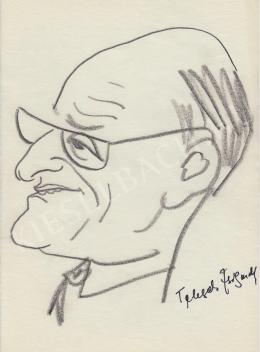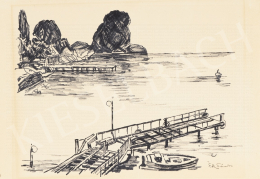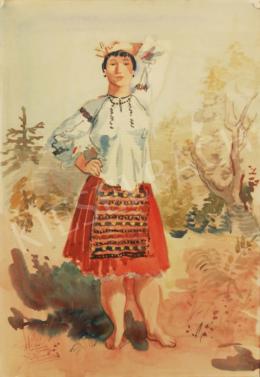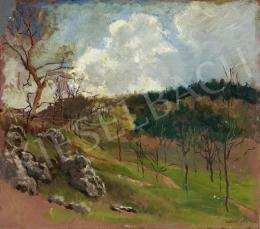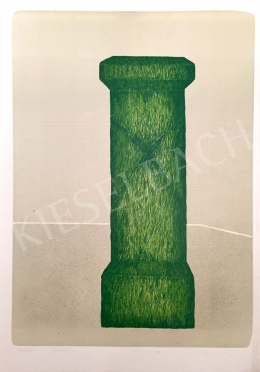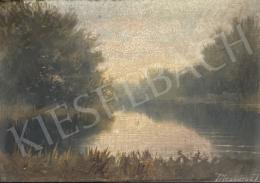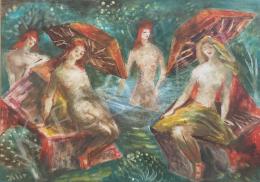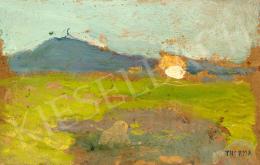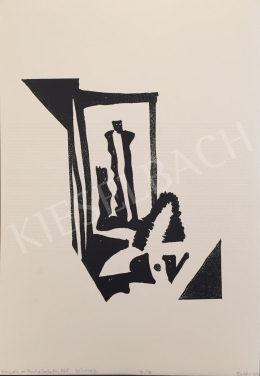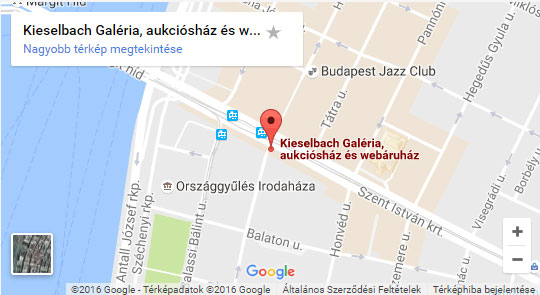Kállai, Ernő: Egry József. Magyar Művészet, 1926/3.
Ártinger, Imre: Egry József. Budapest, 1932.
Farkas, Zoltán: Egry József. Budapest, 1959.
Németh, Lajos: Egry József művészetéről. Művészettörténeti Dokumentációs Központ Évkönyve, 1959-1960. Budapest, 1961.
Láncz, Sándor: Egry József. Budapest, 1973.
Egry breviárium. Ed.: Éri, István. Budapest, 1975.
Egry József arcképe. Ed.:Fodor, András. Budapest, 1980.
Fonay Tibor: Egry József badacsonyi évei. Budapest, 1989.
Egry József 1883-1951. Ed. by Gopcsa, Katalin. Veszprém, 2002.
Artúr Elek wrote about József Egry in the famous art magazine Nyugat ( West) in 1923: "Those athletic-framed figures and the cheerful colors, the perspective of spaces and the longing for harmony have all disappeared. The new Egry, who survived the struggles of these years worn-out but renewed, is not looking for harmony." "It is the turbulence of his soul that is transformed into pictures here, an emotional disorder which is awakened in him by a splendid phenomenon of life, by a beautiful landscape or a human figure, by a pompous play of the songs of air. The abilities that are expressed in him by all kinds of imperfections can only be borne by the greatest artists. This is a visional strength, which is able to create the fantastic phenomenon of nature."
Nevertheless, this new Egry, the expressionist artist at the beginning of the 1920s is still not the most popular nowadays. He is not the painter of endless harmony and cosmic cheerfulness, not the artist who dreamed the lights of Lake Balaton into beautiful pastels. At the beginning of the 1920s, Egry created turbulent, fiery pictures such as the Rising Sun, Red Justice and Storm at Lake Balaton.
It is likely that Egry encountered Impressionism through Lajos Kassák's circle, during World War I. The painting Red Justice, for example, could probably not have been born without the activist movement. The "former" Egry was transformed by the war; it made him the painter of Lake Balaton. However, just as the "new" Egry painted pictures with then contemporary or topical themes, so the "former" Egry was not only the painter of figures with athletic frames. Besides the inspiration gained from Millet and Meunier, one should mention Egry's synthetism and symbolism as well. In 1905, the young painter returned from Paris quite depressed, because he could not find a school that could assist him further. Among the great masters, he liked Van Gogh's and Gaugain's style. In both his Walkers from 1912, which evokes a symbolist reminiscence, and his realist composition Loaders from 1911, the dominant stressful outlines of the figures might show the influence of Gauguin and his followers. The preference for strong outlines is still characteristics of Egry's pictures at the end of the 1910s, though at that time his style can be best characterised by his friend, Ernő Kállai's expression: "structural naturalism". One of the most representative examples of this style is the picture presented here but his well-known Vineyard in Badacsony can also be mentioned as a stylistic analogy. In both paintings, the space of the picture is ridged by stressed, black diagonal ditches and the main forms of the landscape are marked out by dark contours. In the Vineyard in Badacsony Egry used a thick, pastose technique while in the painting under discussion the intensity of the picture is increased by the combination of oil and tempera - the two paints have different lights and tones. The main structural lines are sketched by diluted oil and the matt color of the tempera is dominant.
The picture presented here, which represents the vineyard in Badacsony with its characteristic, roundish little trees and angular vine houses, is worthy of attention not only because of its individual style and technique, but also because this is one of the most prominent illustrations to the master's credo. " When the morning sun sends the clouds flying, " he wrote, " and everything becomes red-contoured in its beams, the bluish shadows change their forms and places. In the light, the objects rise up high and the lines of shadow are repeated as a refrain, so the contour itself also becomes a rhythm of colors."
Under Egry's brush, the seemingly dissonant accords of colors, lights and contours are able to unite in a harmonious landscape in this beautiful masterpiece.






